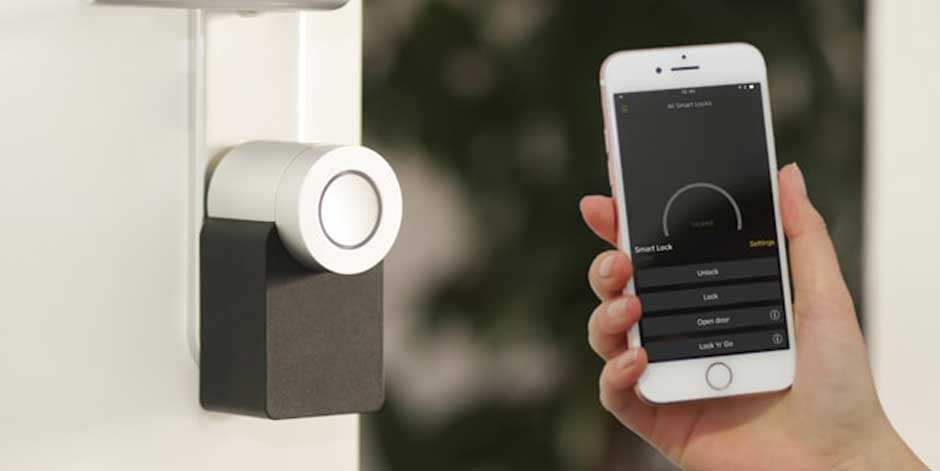Building a smart home is no longer just a luxury; it’s becoming a necessity for families seeking to improve convenience, security, and energy efficiency in their daily lives. A smart home integrates various devices and systems that can be controlled remotely or through automation, enhancing the overall living experience. However, creating a smart home that truly meets the needs of your family requires careful planning and consideration. This guide provides essential tips to help you design a smart home that offers both functionality and comfort, ensuring that your investment in technology pays off in the long run.
1. Start with a Solid Network Infrastructure
The backbone of any smart home is a reliable and robust network infrastructure. All smart devices rely on a stable internet connection to function correctly, making it essential to invest in high-quality routers and extenders. Begin by assessing your home’s current network capabilities and identifying any weak spots where the signal might be lacking. Upgrading to a mesh Wi-Fi system can ensure seamless coverage throughout your home, eliminating dead zones and providing consistent connectivity for all your devices. Additionally, consider the bandwidth requirements of your devices to avoid network congestion and ensure smooth operation, especially when multiple devices are in use simultaneously.
2. Prioritize Security with Smart Locks and Cameras
Security is a top priority for any family, and smart home technology offers advanced solutions to keep your home safe. Installing smart locks allows you to control access to your home remotely, ensuring that only authorized individuals can enter. These locks can be integrated with security cameras, which provide real-time monitoring and alerts directly to your smartphone. Choose cameras with features like motion detection, night vision, and cloud storage for added peace of mind. By prioritizing security, you not only protect your family and belongings but also create a secure environment where everyone feels safe.
3. Enhance Building Controls
Enhancing building controls is a crucial aspect of creating a smart home that meets your family’s needs. By utilizing integrated building controls, you can streamline the management of various home systems, from lighting to climate control, through a single interface. This not only increases convenience but also improves energy efficiency by allowing precise control over each system. Building controls make it easier to monitor and adjust your home’s environment, ensuring comfort and efficiency at all times. Investing in this technology is a key step in building a truly smart and responsive home for your family.
4. Integrate Voice Assistants for Seamless Control
Voice assistants like Amazon Alexa, Google Assistant, and Apple Siri are at the heart of many smart homes, offering hands-free control of various devices. By integrating a voice assistant into your smart home ecosystem, you can easily manage tasks such as adjusting the thermostat, controlling lights, playing music, and even checking security cameras. Voice assistants also support a wide range of smart devices, making it easier to expand your system as new technology becomes available. Choose a voice assistant that is compatible with your existing devices and offers the features that best suit your family’s needs. This integration not only simplifies daily tasks but also enhances the overall user experience.
5. Focus on Energy Efficiency with Smart Appliances
Energy efficiency is a crucial consideration when building a smart home, and smart appliances play a significant role in achieving this goal. From refrigerators that notify you when you’re running low on groceries to washing machines that optimize water usage, smart appliances are designed to reduce energy consumption while providing convenience. Many of these appliances can be monitored and controlled remotely, allowing you to manage your home’s energy usage even when you’re away. Additionally, some smart appliances offer energy-saving modes and can be programmed to run during off-peak hours, further reducing your utility costs. By focusing on energy-efficient solutions, you not only lower your environmental impact but also enjoy long-term savings on your energy bills.
6. Plan for Future Expansion and Upgrades
Technology is constantly evolving, and it’s important to plan for future expansion and upgrades when building a smart home. Start by choosing a smart home platform that offers flexibility and compatibility with a wide range of devices. This approach allows you to add new devices and features over time without needing to overhaul your entire system. Additionally, consider wiring your home with Ethernet cables during construction or renovation to support future smart devices that can require a wired connection. Planning for the future ensures that your smart home can adapt to new technologies, providing ongoing benefits for your family.
Conclusion
Building a smart home for your family is an investment in convenience, security, and energy efficiency. By starting with a solid network infrastructure, prioritizing security, enhancing convenience with smart lighting and thermostats, integrating voice assistants, focusing on energy efficiency, and planning for future expansion, you can create a smart home that meets the unique needs of your family. Each of these steps is essential in designing a home that not only enhances your quality of life but also offers long-term value. As technology continues to advance, a well-planned smart home will provide your family with the tools and capabilities to enjoy a more connected, comfortable, and efficient living environment.






